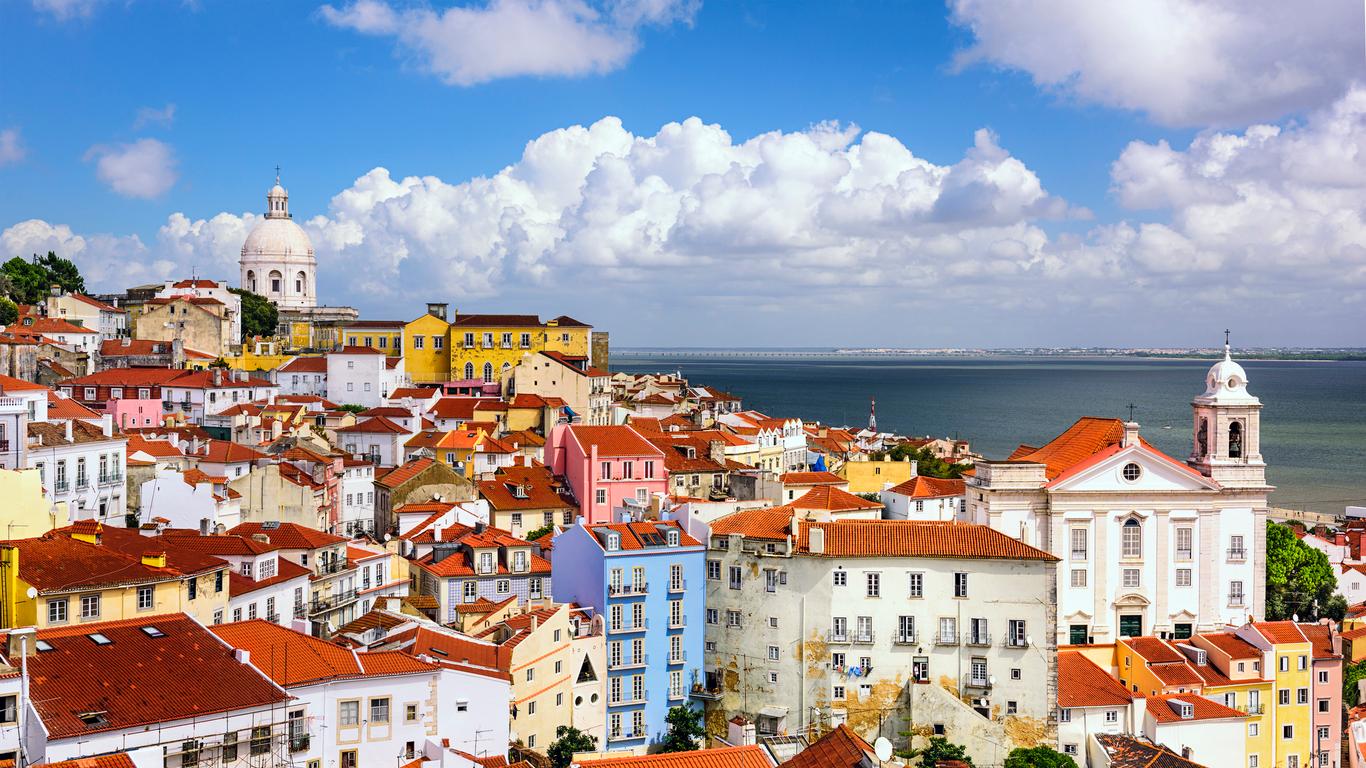Alfama is an ancient district of Lisbon in Portugal, situated between the São Jorge Castle and the Tejo River. This developing area is rooted in rich history and has recently been transformed into a fashionable hub of touristic appeal. A quaint matrix of winding streets, squares, and a mixture of old and new businesses attributes to the trendy yet charming ambience.
The Lisbon Castle is the most prominent tourist interest, boasting restored battlements and walls that offer unsurpassable views of the city below. Alfama features a variety of local retail shops, cuisine and the popular European club, “Lux”. Historical points of attraction include the Se Cathedral, the National Pantheon, the Fado Museum, and Saint Anthony’s Church.
Limited public transportation to and around the area make walking the primary form of transit. The closest metro station is the Santa Apolónia. One tram route runs through the region stopping in front of the Se Cathedral. Additionally, there are two bus services.
The Moors can be attributed to much of the development of the historic area, including the winding streets and earliest residential buildings. The most iconic event in the history of Alfama was its persistence through the devastating 1755 Lisbon earthquake, due to thick bedrock beneath the area.





